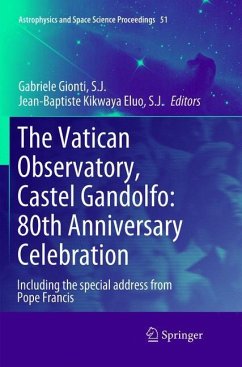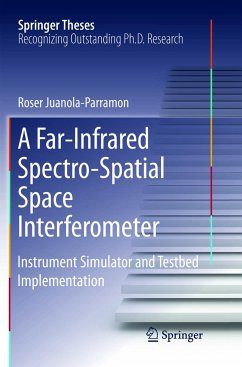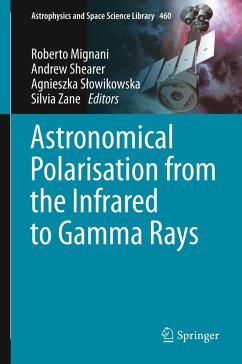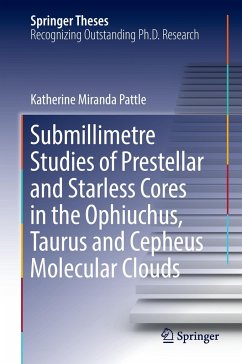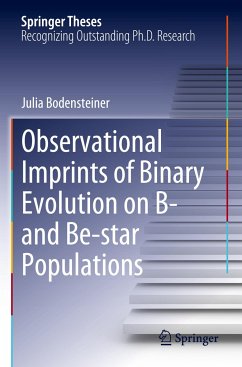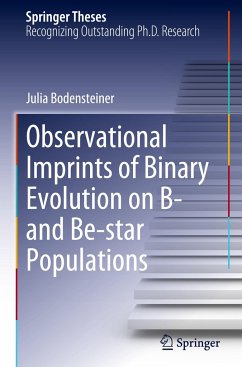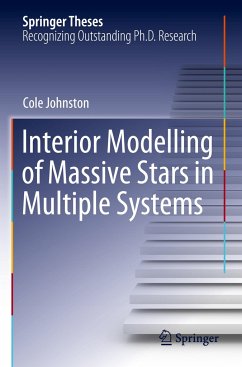
Improving the Resolving Power of Ultraviolet to Near-Infrared Microwave Kinetic Inductance Detectors
Versandkostenfrei!
Versandfertig in 6-10 Tagen
121,99 €
inkl. MwSt.
Weitere Ausgaben:

PAYBACK Punkte
61 °P sammeln!
This thesis represents a breakthrough in our understanding of the noise processes in Microwave Kinetic Inductance Detectors (MKIDs). While the detection of ultraviolet to near-infrared light is useful for a variety of applications from dark matter searches to biological imaging and astronomy, the performance of these detectors often limits the achievable science. The author's work explains the limits on spectral resolution broadening, and uses this knowledge to more than double the world record spectral resolution for an MKID suitable for optical and near-IR astrophysics, with emphasis on deve...
This thesis represents a breakthrough in our understanding of the noise processes in Microwave Kinetic Inductance Detectors (MKIDs). While the detection of ultraviolet to near-infrared light is useful for a variety of applications from dark matter searches to biological imaging and astronomy, the performance of these detectors often limits the achievable science. The author's work explains the limits on spectral resolution broadening, and uses this knowledge to more than double the world record spectral resolution for an MKID suitable for optical and near-IR astrophysics, with emphasis on developing detectors for exoplanet detection. The techniques developed have implication for phonon control in many different devices, particularly in limiting cosmic ray-induced decoherence in superconducting qubits. In addition, this thesis is highly accessible, with a thorough, pedagogical approach that will benefit generations of students in this area.






